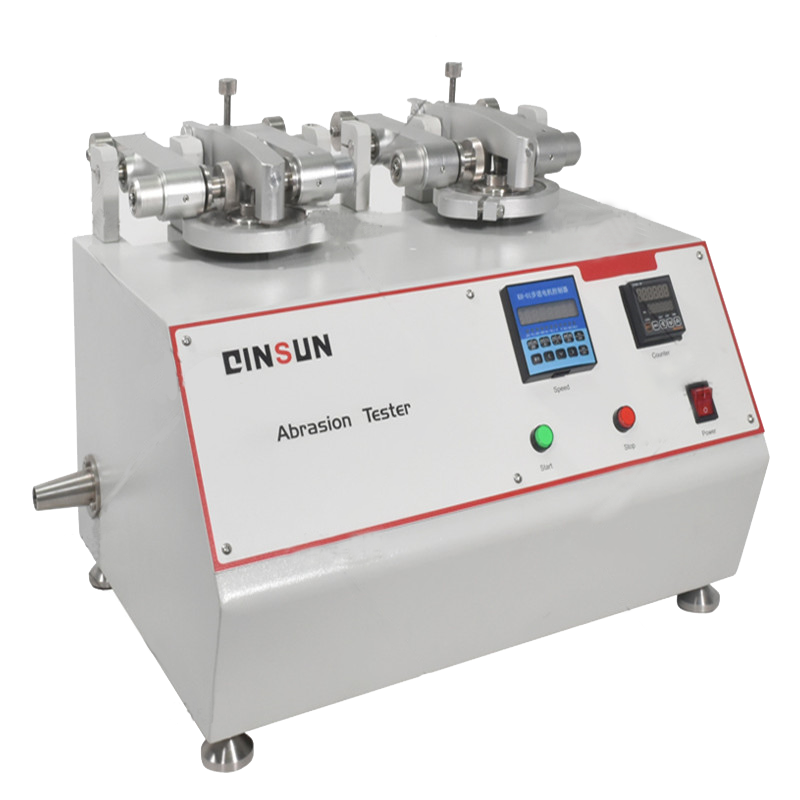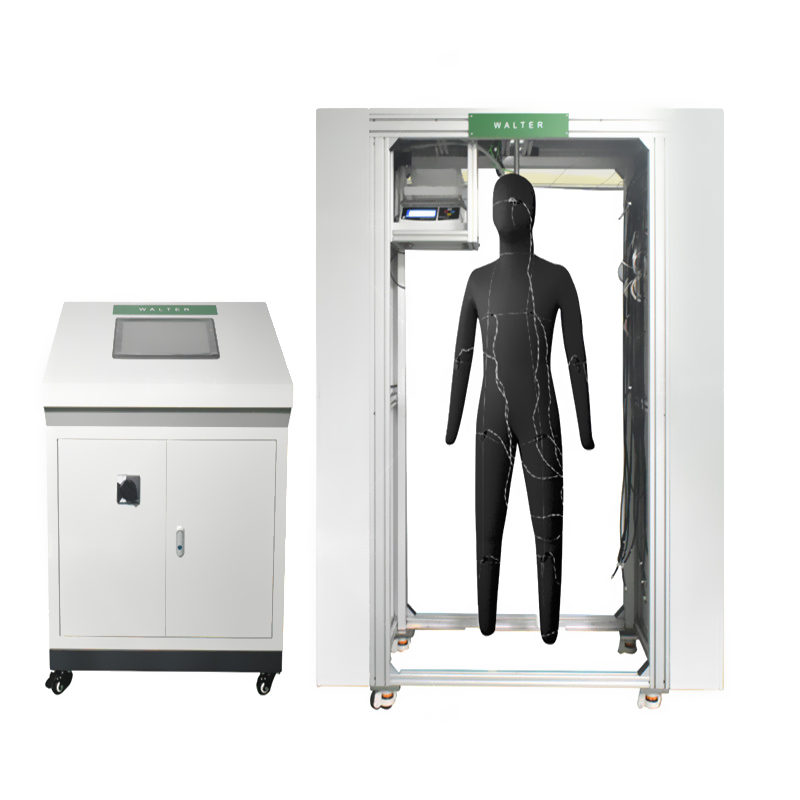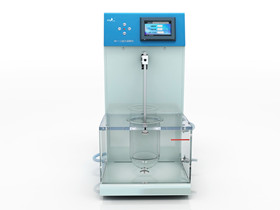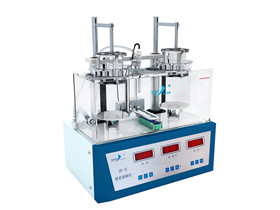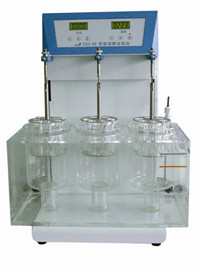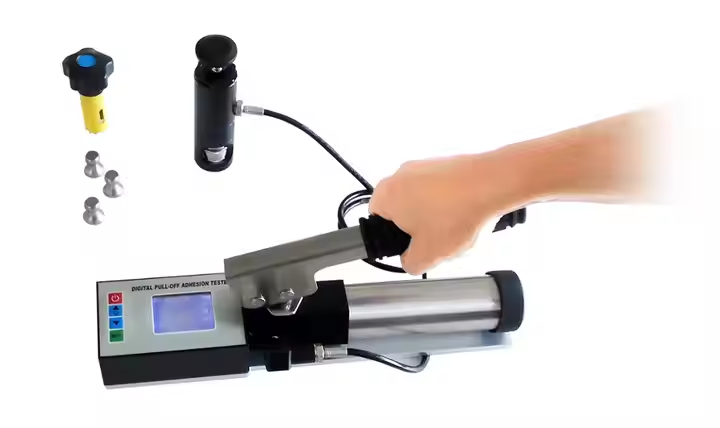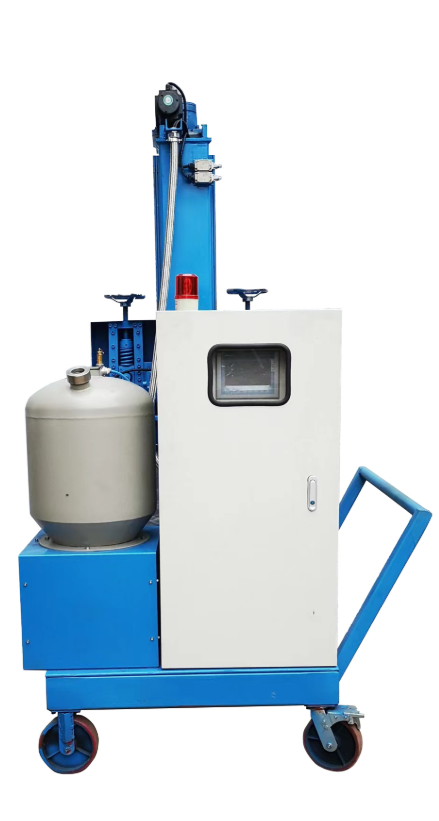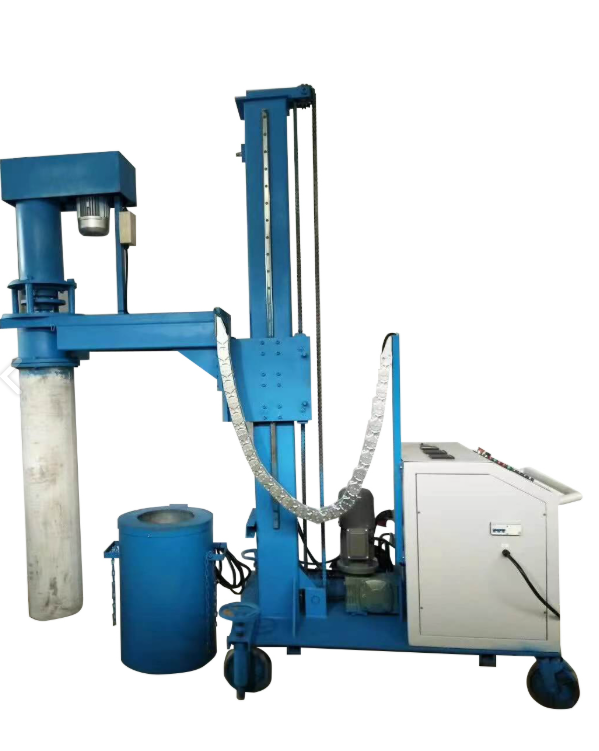PM Sampler and Quality Monitor
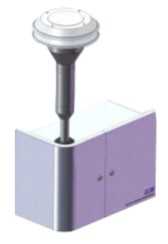
1600 PM Sampler and Quality Monitor (PSMM ™) is a modern instrument designed for PM sampling and quality monitoring. Samples were collected on 47 mm diameter filters, and quality monitoring is performed by quartz crystal microbalance (QCM). In its standard configuration, the instrument includes two filter samplers and a QCM quality monitor. The filter sampler is used for PM10 and PM2.5 particle sampling, and QCM is typically used for mass monitoring within the PM2.5 particle size range.
The thin round quartz plate is gold plated to form electrodes on both sides. The particles are electrostatically deposited in a circular area on one side for mass sensing. When the electrical signal is exciting, the AT-cut quartz crystal will vibrate in the lateral direction parallel to its surface. The mass of deposited particle will cause the lower resonant frequency of the crystal. The movement of the frequency is proportional to the amount of particles deposited on the crystal, thus providing a signal output for quality monitoring. The QCM is placed in a monitoring chamber maintained at 40℃ to minimize the effect of moisture on the mass of the measured particles.
Sampling & Internal Separation
The aerosol from the ambient atmosphere enters the system through the weatherproof inlet shown in Fig 2. The aerodynamically equivalent diameter particles larger than 10 m are removed by inertial impact. The inlet is a conventional US EPA blinds designed to operate at a sampling flow rate of 16.7 liters / min.
Half of the total flow into the inlet then flows through the filter sampler shown in Figure 3, which is used for PM10 particle sampling. The sampling flow is 8.33 LPM. The collected particles may be subjected to gravimetric analysis and / or chemical analysis. The filter sampler accepts a standard 47 mm diameter filter. Quartz fiber filters are usually used. Other filters that are compatible with gravimetric and / or chemical analysis techniques may also be used.
The virtual impactor particle separator shown in Figure 4 is used to remove particles larger than 2.5μm for sampling and quality monitoring within the PM2.5 size range. The aerosol is sampled into the inlet nozzle to accelerate the flow rate to the high speed. Particles larger than the aerodynamic equivalent diameter of 2.5 μm are impacted into the receiving tube and transported in small flow form to the outlet for disposal. PM2.5 particles are laterally deflected and carried by the mainstream to the outlet for PM2.5 sampling and quality monitoring. The virtual impactor is designed to work with a 20: 1 overall and small volume flow ratio.
The PM2.5 stream then enters a filter sampler similar to that shown in Fig 3. A small amount of flow is also sampled into the charge and deposition chamber for PM2.5 quality monitoring via QCM.
The thin round quartz plate is gold plated to form electrodes on both sides. The particles are electrostatically deposited in a circular area on one side for mass sensing. When the electrical signal is exciting, the AT-cut quartz crystal will vibrate in the lateral direction parallel to its surface. The mass of deposited particle will cause the lower resonant frequency of the crystal. The movement of the frequency is proportional to the amount of particles deposited on the crystal, thus providing a signal output for quality monitoring. The QCM is placed in a monitoring chamber maintained at 40℃ to minimize the effect of moisture on the mass of the measured particles.
Sampling & Internal Separation
The aerosol from the ambient atmosphere enters the system through the weatherproof inlet shown in Fig 2. The aerodynamically equivalent diameter particles larger than 10 m are removed by inertial impact. The inlet is a conventional US EPA blinds designed to operate at a sampling flow rate of 16.7 liters / min.
Half of the total flow into the inlet then flows through the filter sampler shown in Figure 3, which is used for PM10 particle sampling. The sampling flow is 8.33 LPM. The collected particles may be subjected to gravimetric analysis and / or chemical analysis. The filter sampler accepts a standard 47 mm diameter filter. Quartz fiber filters are usually used. Other filters that are compatible with gravimetric and / or chemical analysis techniques may also be used.
The virtual impactor particle separator shown in Figure 4 is used to remove particles larger than 2.5μm for sampling and quality monitoring within the PM2.5 size range. The aerosol is sampled into the inlet nozzle to accelerate the flow rate to the high speed. Particles larger than the aerodynamic equivalent diameter of 2.5 μm are impacted into the receiving tube and transported in small flow form to the outlet for disposal. PM2.5 particles are laterally deflected and carried by the mainstream to the outlet for PM2.5 sampling and quality monitoring. The virtual impactor is designed to work with a 20: 1 overall and small volume flow ratio.
The PM2.5 stream then enters a filter sampler similar to that shown in Fig 3. A small amount of flow is also sampled into the charge and deposition chamber for PM2.5 quality monitoring via QCM.
Note:QINSUN is very in place for textile testing and quality control,we have our own textile testing lab. Our textile testing equipment and testing methods are in the leading position in the industry. We have passed the textile testing certification and iso textile testing standards issued by a number of testing,We can provide textile testing equipment pdf manual. Sufficient inventory, big discounts, limited time promotion, Order now!
Leave Message Get Price



